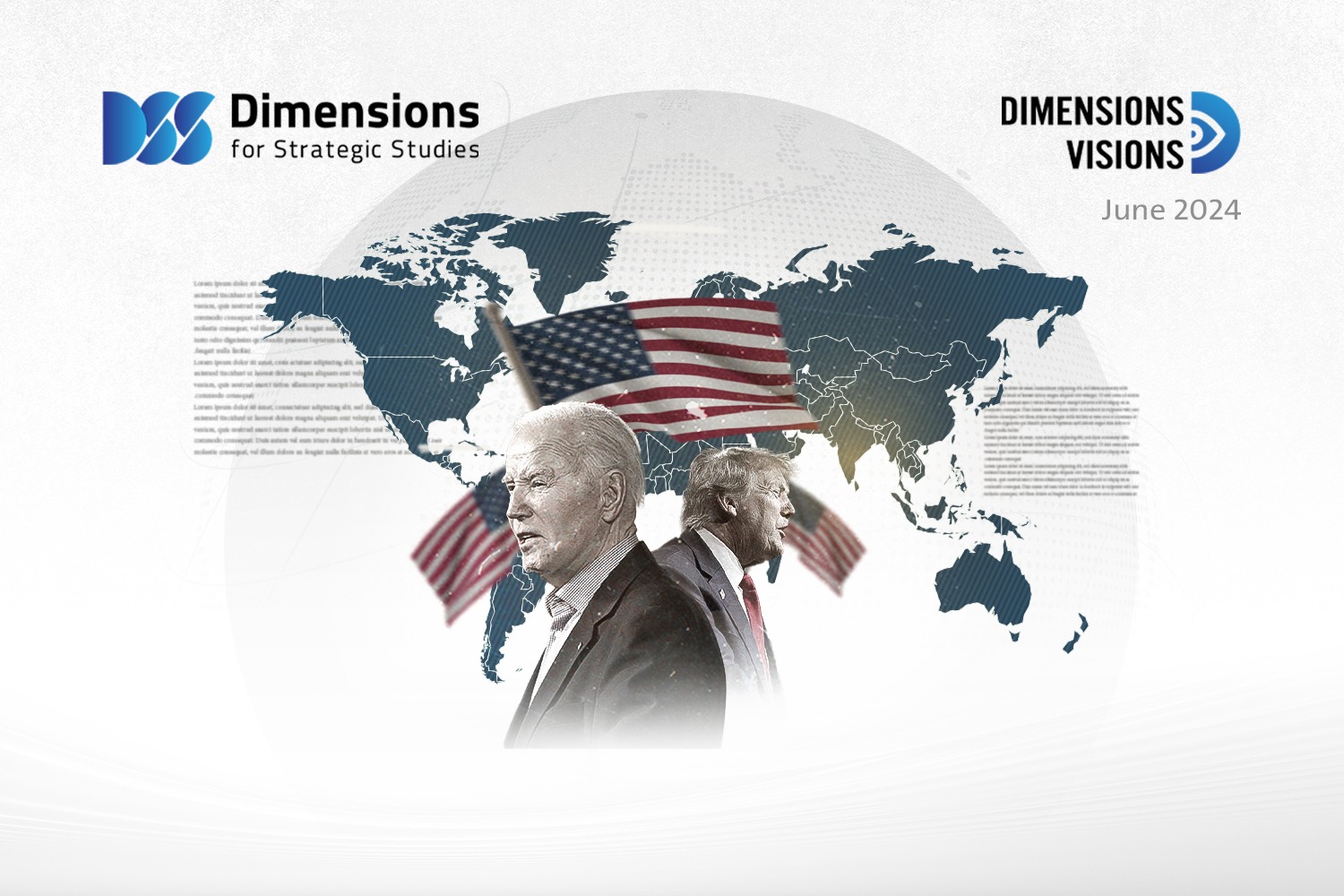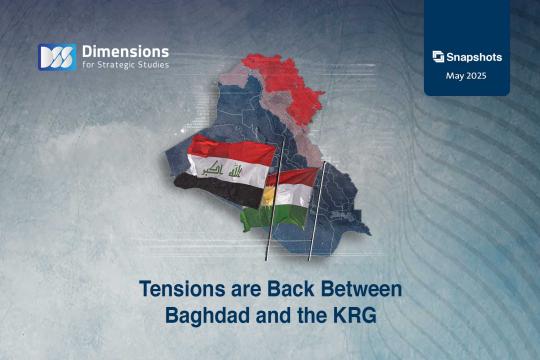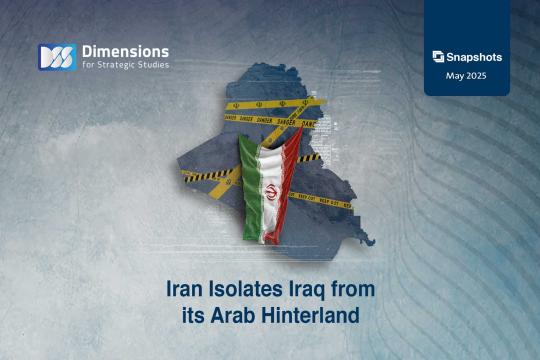
World Economy Braces for U.S. Elections
2024-06-243087 view
By the end of this year, American voters will have selected the next president of the United States. The U.S. electoral system’s transparency is a source of reassurance for the world economy, as transparency is a major pillar of economic life. Economies are built in large part on trust: trust in government, trust in the system, trust in banks, and each economic actor’s trust in its trading and business counterparts. Yet given the overlapping crises that have hit the world economy in recent years—the coronavirus pandemic, inflation, wars in Europe and the Middle East, and the shipping crisis in the Red Sea—the U.S. election represents a critical crossroads.
In order to fully understand the importance of the U.S. elections to the world economy, it is worth examining some basic economic theory.
Capitalist economists seek to achieve stability by applying classical and neoclassical economic theories based on the concept of equilibrium. They do this by discussing economic variables with opposing effects and made up of different components, to find the points at which these variables stabilize and reach equilibrium.
In the theory of supply and demand, for example, the price of a product or service is determined at the point where the two meet. Going deeper, microeconomics examines the balance of production according to the nature of the market in which the manufacturer operates. Is it a perfectly competitive market or does a small minority hold a monopoly or oligopoly?
Taking a broader view, we find that national income equilibrium is based on variables such as income, consumption, and saving, as well as government spending, investment, exports, imports, wages, and so on. In public finances, we find that a balance must be reached in government budgets and trade balances, while monetary balance is achieved through the markets.
Thus, economists seek out balance through the vocabulary of theory and the tools of economic, monetary, or financial policy. This body of thought represents the goal and the tools available to achieve it, within national systems that interact with their surrounding environments. These dynamics are intertwined with the political realities of each country, such as partisan tendencies, democracy, war and peace, as well as demography—the number of residents, their characteristics and behavior—geographical factors such as the locations of countries and economies of transportation, and environmental factors such as pollution and sustainability. Thus, economies are intertwined with various other factors and are affected by their surrounding environments.
But what happens when economies become imbalanced? The answer depends on the type of imbalance: there can be imbalances in supply and demand, money supply, public spending, and so on. Yet as long as the imbalances are purely technical issues or presented in purely technocratic vocabulary, the economic policies presented by economic theories can deal with them through subsidies, taxes, interest rate policies and other impactful economic policy tools.
The U.S. Presidential Elections and the World Economy
The American economy is the largest in the world, with a Gross Domestic Product (GDP) exceeding $26 trillion. The scale of the international interactions with the American economy is also vast, accounting for more than 8% of the world’s trade, and shifts in the interest rate of the U.S. Federal Reserve affects debt and interest rates around the world. The U.S. owes more than $34 trillion to lenders globally. All this means that the world looks to Washington as a great trading power, economic actor, borrower, lender, trader and producer whose decisions have far-reaching impacts. The U.S. thus effectively controls the global economy, or at the very least serves as an inspiring leader whose decisions serve as beacons for other economies.
Political environments affect economic balances. Each political party has its economic orientations and a specific program that may differ from the competing party. Economists pay close attention to the public’s acceptance of election results and to the way in which elections are decided. Elections can make major investors and traders anxious when competition becomes heated and the candidates’ language becomes hostile, or when candidates make opaque proposals.
Unprecedented Election Tensions
Historically, elections in the U.S. have rarely been characterized by hostility, or violence, but the last elections in 2020 sparked tensions that left deep scars on the economy, politics, and society. Although incumbent Donald Trump eventually left the White House, he did not accept defeat easily. Instead, he launched a political movement that has deeply worried American politicians and economists. This year, Trump is once again facing Joe Biden, whose age and health also spark anxiety. Biden was born during World War II, and many have doubts about his ability to continue in the presidency. If he does win a new term, his advanced age and poor health will continue to cause concern.
The 2024 U.S. presidential elections are particularly worrying given the characteristics of the competitors and the timing of the poll, coinciding with major global crises. This means corporations and banks are hesitant to lay out their economic plans due to the uncertainty over the poll and the difficulty of predicting what might result.
The following are key themes in the 2024 U.S. elections that will affect the global economic situation:
Anxiety and Uncertainty: The looming elections have caused concern among both investors and governments, making both cautious about making further investments and pushing them to limit large-scale spending and to become more risk averse. The uncertainty has raised the level of risk generally within the global economy, which is close to recession.
Party Programs: As the election approaches, the two main American political parties are pushing markedly different economic policies. The Republican Party has historically called for reducing taxes and government expenditure, refraining from intervention in the markets, and prioritized traders and investors. Its Democratic rival is much more willing to spend on education, health, and unemployment benefits, and wants to finance this spending through corporate and individual taxes, which must be paid in order for markets to thrive. Firms and individuals are therefore on edge, awaiting a result that will determine the next four years of economic policy—policy that will determine whether they will invest and borrow in the U.S. or not.
Foreign Trade: Protectionism is a key economic tool that U.S. politicians have brandished to win over voters. Election-time threats to shield American manufacturers from competition, fight China by raising customs duties, and impose sanctions on certain major economies have made the global mood anxious and could deeply impact the volume of global trade.
Transportation and Shipping Costs: The global economy is going through a difficult phase. The wars in Ukraine and Palestine, along with broader Middle East tensions, are all causing major economic headwinds. Any escalation would represent a threat to international shipping and an increase in cargo costs, with a knock-on spike in the prices of goods and public services around the world.
It is no exaggeration to say that U.S. presidential elections in general represent polls to determine the shape and future of international economic relations and global trade. They also affect migrant remittances, energy and shipping prices, official interest rates and other economic variables. Yet all of these historical factors pale in light of the uncertainty and fear around this year’s election. The vote could spark a situation similar to the pro-Trump mob’s storming of the U.S. Capitol on January 6, 2020—or worse. This would affect both the economy of the U.S. and that of the world, creating instability that causes sleepless nights for economists, company executives and investors.





